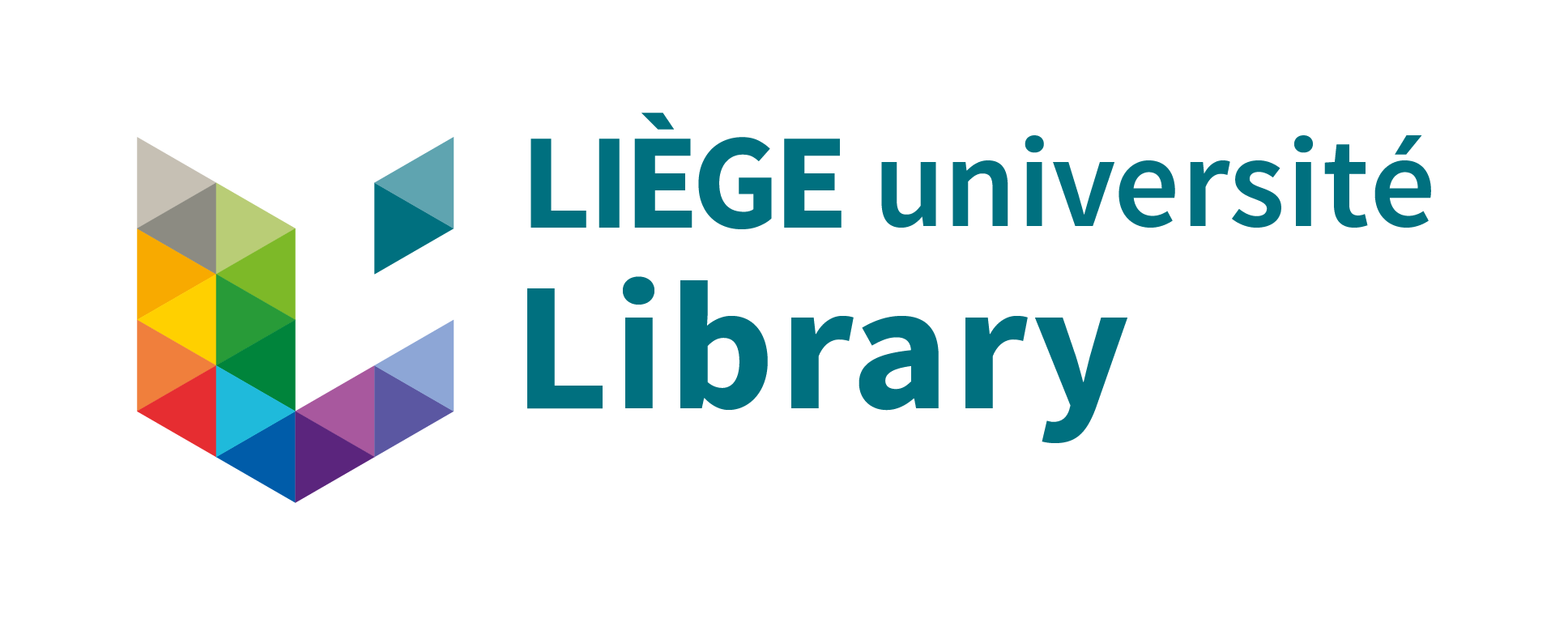Master thesis : Neuromodulation of calcium-based plasticity rules
Ponnet, Juliette 
Promoteur(s) :
Drion, Guillaume 
Date de soutenance : 27-jui-2022/28-jui-2022 • URL permanente : http://hdl.handle.net/2268.2/14570
Détails
| Titre : | Master thesis : Neuromodulation of calcium-based plasticity rules |
| Auteur : | Ponnet, Juliette 
|
| Date de soutenance : | 27-jui-2022/28-jui-2022 |
| Promoteur(s) : | Drion, Guillaume 
|
| Membre(s) du jury : | Phillips, Christophe 
Sacré, Pierre 
Seutin, Vincent 
|
| Langue : | Anglais |
| Nombre de pages : | 96 |
| Mots-clés : | [en] synaptic plasticity [en] neurons [en] calcium-based rules [en] neuromodulators [en] neurosciences [en] computational study |
| Discipline(s) : | Ingénierie, informatique & technologie > Multidisciplinaire, généralités & autres |
| Public cible : | Chercheurs Professionnels du domaine Etudiants Grand public Autre |
| Institution(s) : | Université de Liège, Liège, Belgique |
| Diplôme : | Master en ingénieur civil biomédical, à finalité spécialisée |
| Faculté : | Mémoires de la Faculté des Sciences appliquées |
Résumé
[en] In the age of navigation systems, online reminders, and calendars, there is little room left for our
memory capacity. Once disconnected from these tools, we constantly check our pockets and wonder: how do I get to that friend’s house again? Due to this more-than-connected world, it sometimes becomes difficult to even take the time to sleep. However, many people know that sleep is one of the keys to our well-being. But what if sleep was actually our secret memory weapon?
During learning, neurons are able to rewire their neuronal connection to encode and store information, a property known as synaptic plasticity. While during wakefulness thalamic neurons are activated according to tonic firing pattern to process information, during sleep there is a change in neuronal firing pattern and these neurons are bursting. Experimental studies provide evidence of the link between this switch in brain neuronal patterns and the memory function of sleep. It has been shown that during sleep following learning, neurons in specific areas of the brain are activated. This activity remodels the neuronal connections (i.e., synaptic plasticity) that mediate the formation and storage of memories. Despite ample evidence pointing to the role of sleep in memory consolidation, the detailed cellular mechanisms remain to be understood.
Different approaches can be taken to understand how sleep shapes our memories. In this thesis, we apply a computational approach to model the evolution of the synaptic strength. These synaptic plasticity rules are divided into two categories: phenomenological models and biological models. We focus on biological rules that are based on calcium dynamics (i.e., calcium-based plasticity rules) to predict the direction of the synaptic plasticity (i.e., strengthening or weakening of neuronal connections). While these models accurately describe the dynamics of neuronal components during wakefulness, they are not adapted to changes in neuronal firing patterns that take place during the switch from wake to sleep state as shown by [Jacquerie et al., 2022]. They observed that, no matter how important a piece of information is received during the day (important vs irrelevant), it is consolidated in the same way during sleep. They named this phenomenon, which is inconsistent with memory consolidation, the "homeostatic reset".
Since we want to observe a behavior that is consistent with memory consolidation during sleep
(i.e, memorization of important information and forgetting of irrelevant ones), this thesis aims at
adapting the calcium-based plasticity rules to bypass this "homeostatic reset". With this aim in mind, we ask whether, during sleep, neuromodulators could act as regulators of synaptic plasticity and affect the different signaling cascades linked to it to allow the consolidation of important information. To this end, we conduct a literature review detailing the role of principal neuromodulators on synaptic plasticity and related signaling cascades. Then, based on these biological facts, we suggest modification of computational biological plasticity rules that are inconsistent regarding memory consolidation due to the "homeostatic reset". While the outcomes are convincing, they prove to be fragile and artificial. Finally, insights are given regarding another approach that would instead benefit from the "homeostatic reset" rather than trying to overcome it.
Fichier(s)
Document(s)
Annexe(s)
Citer ce mémoire
L'Université de Liège ne garantit pas la qualité scientifique de ces travaux d'étudiants ni l'exactitude de l'ensemble des informations qu'ils contiennent.


 Master Thesis Online
Master Thesis Online



 Tous les fichiers (archive ZIP)
Tous les fichiers (archive ZIP) MasterThesis_JuliettePonnet.pdf
MasterThesis_JuliettePonnet.pdf

